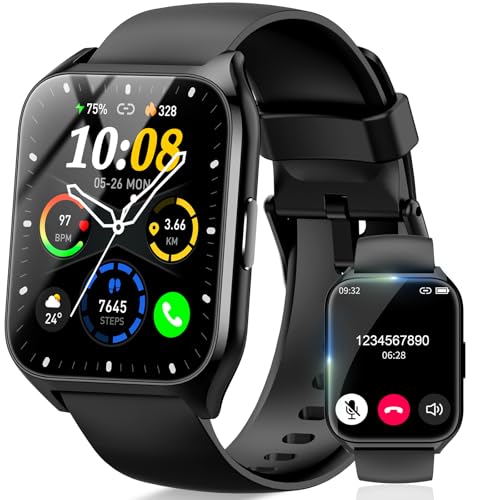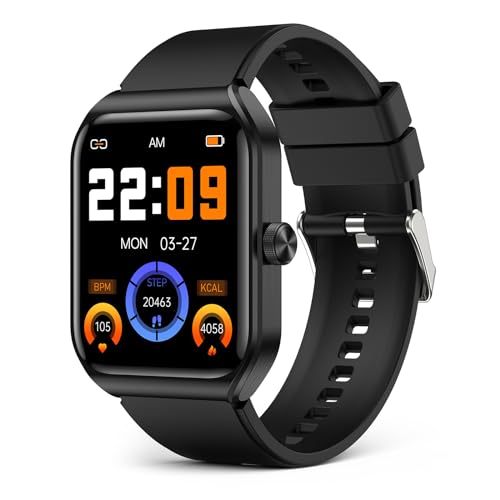
When it comes to wearable body temperature monitors, you may have wondered about their accuracy and reliability. While these devices offer convenience and continuous monitoring, various factors can influence their precision. From device placement to environmental conditions, understanding the nuances affecting their readings is crucial. So, how do these factors impact the accuracy of wearable body temperature monitors, and what implications does this have for their everyday use?
Factors Affecting Accuracy
To understand the accuracy of wearable body temperature monitors, consider the various factors that can influence their reliability. Factors such as the placement of the device on your body play a crucial role in obtaining precise readings. Ensuring that the monitor is positioned correctly, following the manufacturer’s guidelines, is essential for accurate results.
Additionally, external factors like ambient temperature can impact the device’s performance. Extreme heat or cold can affect the sensor’s ability to measure your body temperature accurately.
Furthermore, individual characteristics such as skin type and sweat levels can also affect the monitor’s accuracy. People with very dry or very sweaty skin may experience variations in readings compared to those with average skin conditions. Understanding how these factors interact with the device can help you interpret the data more effectively.
Comparison With Traditional Thermometers
When comparing wearable body temperature monitors with traditional thermometers, consider the differences in accuracy and convenience they offer.
Traditional thermometers, such as digital oral or infrared ear thermometers, are known for their accuracy in providing precise temperature readings. They’re widely used in medical settings due to their reliability. However, these thermometers require direct contact with the body and usually take a bit longer to display the temperature accurately.
On the other hand, wearable body temperature monitors, like smart thermometers worn on the skin, offer the convenience of continuous monitoring without the need for constant manual readings. While wearable monitors may not always be as precise as traditional thermometers, they provide a more seamless and continuous temperature tracking experience. This makes them particularly useful for monitoring temperature trends over time or during sleep.
Ultimately, the choice between traditional thermometers and wearable body temperature monitors depends on the level of accuracy needed and the convenience desired for temperature monitoring.
Accuracy in Different Scenarios
For different scenarios, wearable body temperature monitors demonstrate varying levels of accuracy compared to traditional thermometers. In general, these wearable devices provide reliable readings for daily monitoring and can detect trends or changes in your body temperature over time. However, factors like ambient temperature, skin conditions, and device placement can affect the accuracy of these monitors.
During physical activity or exercise, wearable body temperature monitors may encounter challenges in accurately measuring your body temperature. Increased sweating and movement can impact the device’s ability to maintain proper contact with your skin, leading to potential inaccuracies. Additionally, rapid changes in body temperature during strenuous workouts can pose difficulties for these monitors to provide real-time precise readings.
In contrast, for daily activities and routine monitoring, wearable body temperature monitors can offer convenient and continuous temperature tracking. They’re especially useful for individuals who need to monitor their temperature regularly without the inconvenience of traditional thermometers. Understanding the limitations and optimal scenarios for using these devices can help you make the most of their benefits while ensuring accurate temperature readings.
Tips for Ensuring Reliable Readings
Ensuring reliable readings from wearable body temperature monitors requires proper device placement and consideration of external factors that may influence accuracy. To achieve accurate results, start by placing the device on a clean and dry area of skin, preferably near major arteries like the inner arm or under the armpit. Ensure a snug fit without being too tight, as this can affect the sensor’s ability to measure temperature effectively. Additionally, avoid placing the monitor over bones or areas with poor blood circulation, as this can lead to inaccurate readings.
External factors such as environmental temperature, sweat, or physical activity can also impact the monitor’s accuracy. To mitigate these influences, try to keep the device in a consistent environment, free from extreme temperatures or direct sunlight. Wiping off sweat before placing the monitor and avoiding intense physical activity during measurements can help ensure more reliable readings.
Trending Products



![Smart Watch for Women, Answer/Make Calls, Alexa Built-in, [1.8″HD Screen] Smart Watches for Women iPhone/Samsung/Android, Fitness Watch with Heart Rate Sleep SpO2 Monitor,IP68 Waterproof, 100+ Sports](https://m.media-amazon.com/images/I/41sW5jNVoyL._SS500_.jpg)










